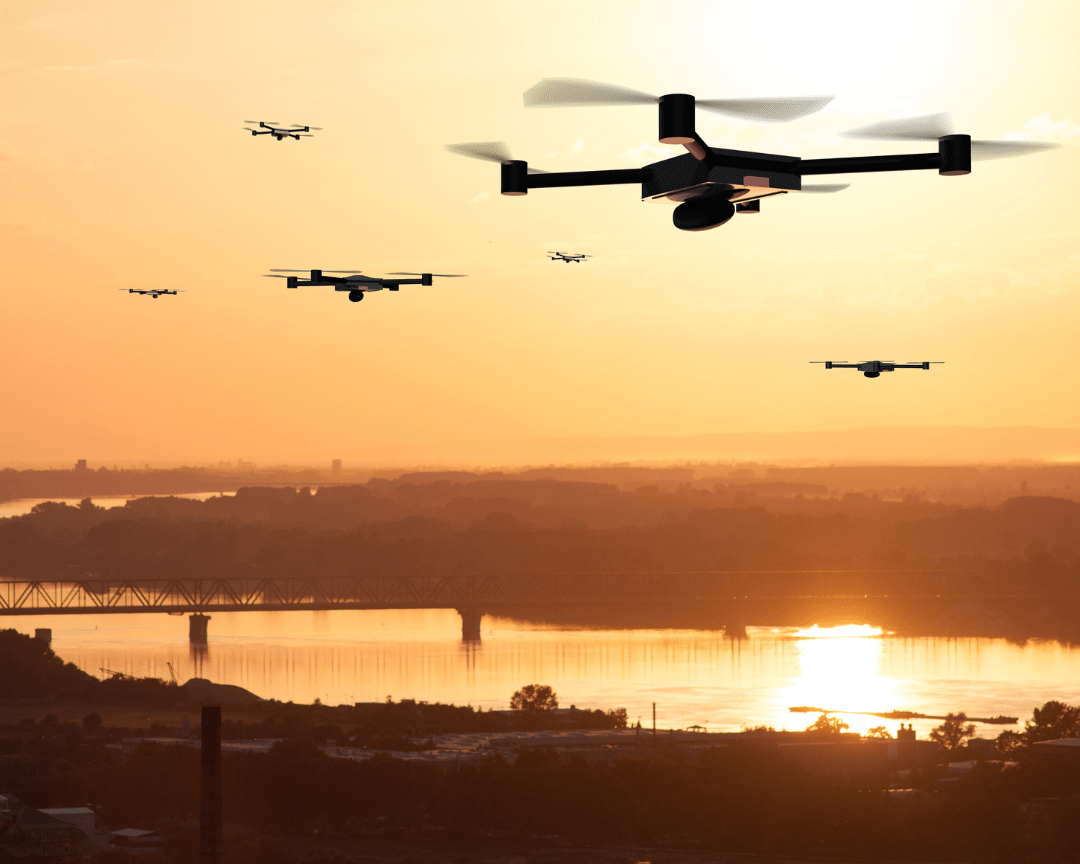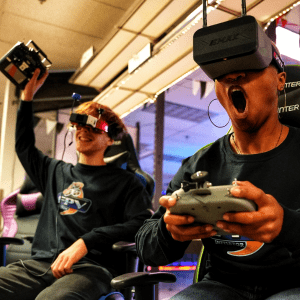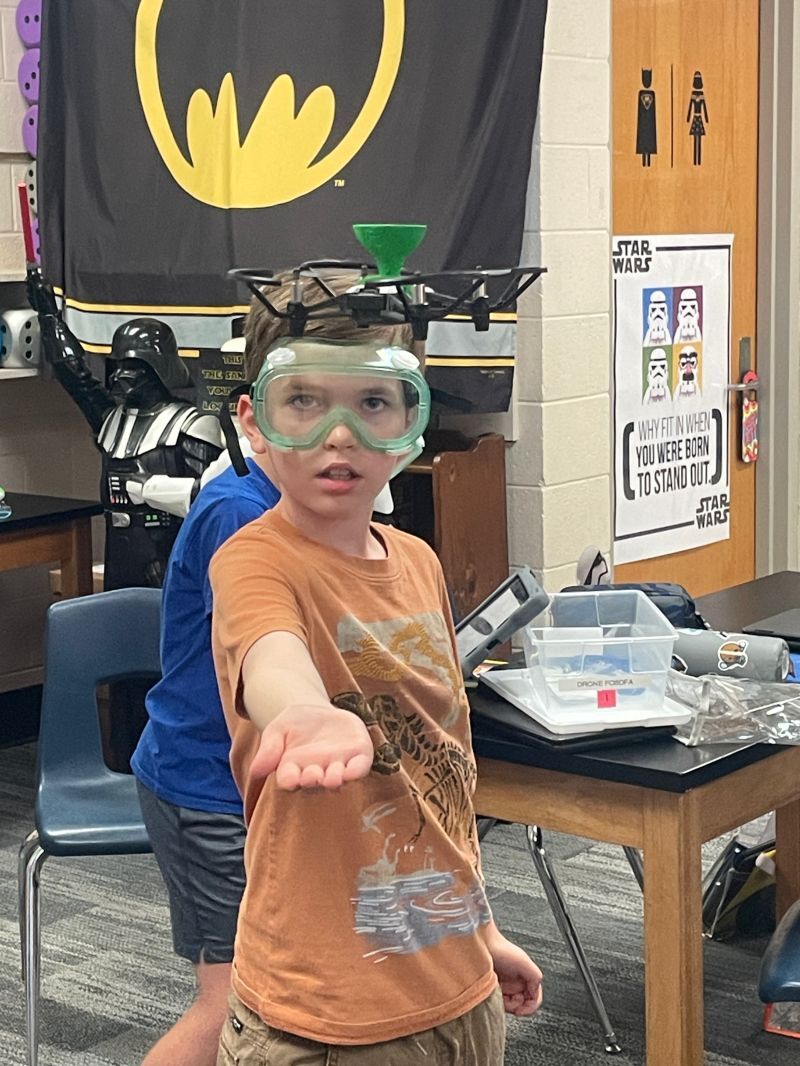Imagine an affordable flying robotic tool that could support disaster relief workers in their efforts to save lives and protect ecosystems. Does it sound too good to be true? Let us introduce you to the latest disaster-relief drones and the heroic people who pilot them.
Recently, drones have been supporting relief efforts across the globe. In natural disasters, humanitarian crises, and ecological catastrophes, drones have been making a real impact on how relief teams are meeting the call for help.
At Drone Legends, we believe that communities can use drone technology to become safer and better for everyone living in them. It all starts with fostering a mindset of thoughtful technology use in the next generation. If you want to help your child launch into their full potential, contact us to learn more about introducing our technology-focused curriculum into your local school or afterschool program.
Keep reading to learn more about these super drones and how they are helping us make the world a better place.
How Drones Support Disaster Relief
Drones have been quickly gaining popularity in a wide range of industries for their unique capabilities. This includes providing support to aid workers in a variety of ways. While new innovations in emergency drone technology are emerging every day, let’s discuss some of the most established and proven applications.
Drones and Natural Disaster Relief
When natural disasters strike, drones have been an integral part of relief teams for a few years now. They provide exceptional support in disaster mitigation, preparation, and response that allows first responders and other aid workers to create more of an impact.
Studies of drone support in disaster relief have found that drones play an important role in the following activities:
-
- Vulnerability assessment: By capturing survey data and geographical information about areas most prone to flooding, earthquakes, hurricanes, landslides, and other natural disasters, drones are able to help organizations complete more comprehensive and accurate risk models. The result is better disaster preparedness plans that mitigate catastrophic loss and injuries.
- Environmental recovery: By recording and measuring topographical information about affected areas, drones are able to support recovery efforts. They take a lot of guesswork out of recovery efforts by allowing for more precise measurements and accurate calculations.
- Search and rescue: In the immediate aftermath of a natural disaster, transportation infrastructure is often rendered inaccessible. Civilians in the affected area need help immediately and even minor delays could result in worst-case scenarios. Drones provide an opportunity to locate people in need of time-sensitive assistance.
Drones and Humanitarian Crises
Many international humanitarian aid programs are beginning to make use of drones in their relief efforts. Organizations such as the United Nations World Food Program have been using drones to map and monitor emergencies such as natural disasters.
More recently, however, the Word Food Program began implementing drone strategies as cost-effective solutions for distributing lightweight resources within a strict time limit. They found drones were able to support humanitarian crisis relief efforts in the following ways.
- Improved delivery accessibility: When responding to a humanitarian crisis, critical medical aid must be delivered as quickly as possible. With the help of drones, teams were able to provide relief within the first 3 days of a crisis. They were especially valuable when damage to roads and other transportation infrastructure caused disruptions and delays.
-
- Improved delivery time: Time-sensitive medical and scientific materials such as microbiological samples must be delivered from on-site medical facilities and clinics to laboratories in time to retrieve any necessary information. Drones improve transportation time by avoiding road traffic and limitations.
- Increased access to healthcare tools: Drones are able to increase access to items required by healthcare professionals operating in remote areas. Especially pertaining to healthcare, tools and material demand can be unpredictable, so access to on-demand supply delivered by drones is incredibly valuable.
- Vaccine distribution: Vaccination campaigns in remote areas often require unique and specialized delivery in order to be successful. Drones have been critical in the distribution of life-saving vaccines in areas that don’t have access to the required cold storage.
Drones and Disaster Management
By supporting conservation efforts, drones also work to mitigate many of the most damaging disasters, including floods, landslides, and wildfires.
When it comes to disaster management, a number of studies have shown that drones are an important part of providing critical information in developing preparedness and mitigation strategies that can help lessen the overall impact of the disaster. Such supports include mapping and training for support staff.
Drones, Disaster Relief, and the Future
When disasters strike, communities must collaborate on solutions in order to provide life-saving aid to those in need. However, advanced drone technologies make it easier for those providing relief to do so effectively and efficiently.
Building a better future involves encouraging everyone to get involved. We can begin by educating and nurturing the next generation to be innovative, compassionate, and courageous in their use of technology. If you want to join a thriving community of passionate individuals who believe in the power of technology to enact positive change in the world, contact Drone Legends.
Aside from our high-tech curriculum, we provide the support and resources your facility needs to encourage children to achieve amazing, out-of-this-world things that will make the world a better place.
If your child loves learning, encourage your school or afterschool program to inquire about our curriculums for holiday programs, summer enrichment, or weekend fun classes. At Drone Legends, we believe the magic of drones can unlock a lifelong love of learning in every child, and we’ll support educators every step of the way.




